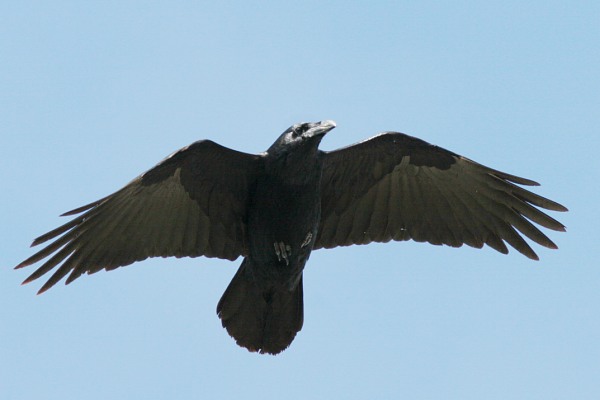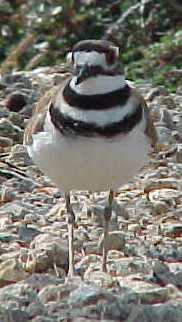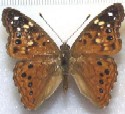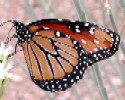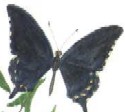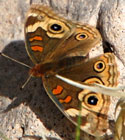The elevation steadily rises as one drives north from Phoenix along I-17 towards Flagstaff. Black Canyon Creek cuts down between the Bradshaw Mountains and Prescott to the west and the Verde Rim to the east. The terrain is rugged and beautiful as the saguaro cacti of the Sonoran Desert gradually give way to chaparral and finally grassland and juniper-oak woodlands. At Bumble Bee the Sonoran Desert and Interior Chaparral habitats are intermingled along riparian streams and steep rocky canyons. Freeway access to this area affords nature lovers a quick escape from the mega-city to the south.
Directions: Drive north from Phoenix on I-17 past New River and Black Canyon City. Exit 248 "Crown King" and turn west (only direction possible.) following signs to Crown King which is a small vacation hamllet high in the Bradshaw Mountains. After just a kilometer or so the pavement ends and the Crown King Road joins Black Canyon City Road. There are numerous access points to the desert and riparian streams north and south from this point as outlined in the Google Map. The gravel road can be followed up to Crown King and hence to the Prescott area, but travel is slow and a high clearance vehicle is recommended.
The Arizona Dept. of Transportation is actively studying proposals to reroute I-17 through Bumble Bee and Black Canyon. This would severally impact the desert habitat and recreational opportunities. Please support Route D. More information: Save Bumble Bee.

For most of the year water can be found trickling along Black Canyon Creek and its tributaries. Occasionally all above-ground water will dry up. Following a thunderstorm the area can be quickly innundated by flash floods as evidenced by the smooth boulders scoured by pummeled sand and pebbles. Some grass species are visible in this photo: Rabbitfoot Grass (Polypogon monspeliensis)(left of center) and Foxtail Barley (Hordeum jubatum)(right). At center behind the two boulders is a Deer Grass (Muhlenbergia rigens).
